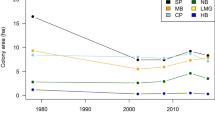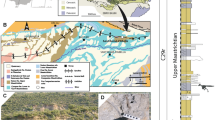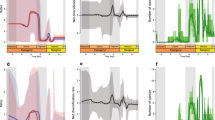Abstract
IN January 1803, a French scientific expedition, under Baudin, visited the coast of South Australia and explored Kangaroo Island, called by them “Isle Decrès.” One of the naturalists attached to the expedition was the well-known F. Péron, who wrote an interesting narrative thereof. He noticed that Decrès Island was uninhabited by man, but, although poor in water, was rich in kangaroos and emus (Casoars he calls the latter), which in troops came down to the shore at sunset to drink sea-water. Three of these emus were caught alive, and safely reached Paris; we learn from the “Archives du Muséum” that one was placed in the Jardin des Plantes, and two were sent to “La Malmaison,” then the residence of the Empress Josephine. We learn later that two of these birds lived to 1822, when one was mounted entire and placed in the ornithological galleries of the “Muséum,” the other was prepared as a skeleton and placed in the comparative anatomy collections. No mention is made of the ultimate fate of the third specimen.
This is a preview of subscription content, access via your institution
Access options
Subscribe to this journal
Receive 51 print issues and online access
$199.00 per year
only $3.90 per issue
Buy this article
- Purchase on SpringerLink
- Instant access to full article PDF
Prices may be subject to local taxes which are calculated during checkout
Similar content being viewed by others
Author information
Authors and Affiliations
Rights and permissions
About this article
Cite this article
GIGLIOLI, H. A Third Specimen of the Extinct “Dromaius ater,” Vieillot; found in the R. Zoological Museum, Florence. Nature 62, 102 (1900). https://doi.org/10.1038/062102a0
Issue date:
DOI: https://doi.org/10.1038/062102a0



